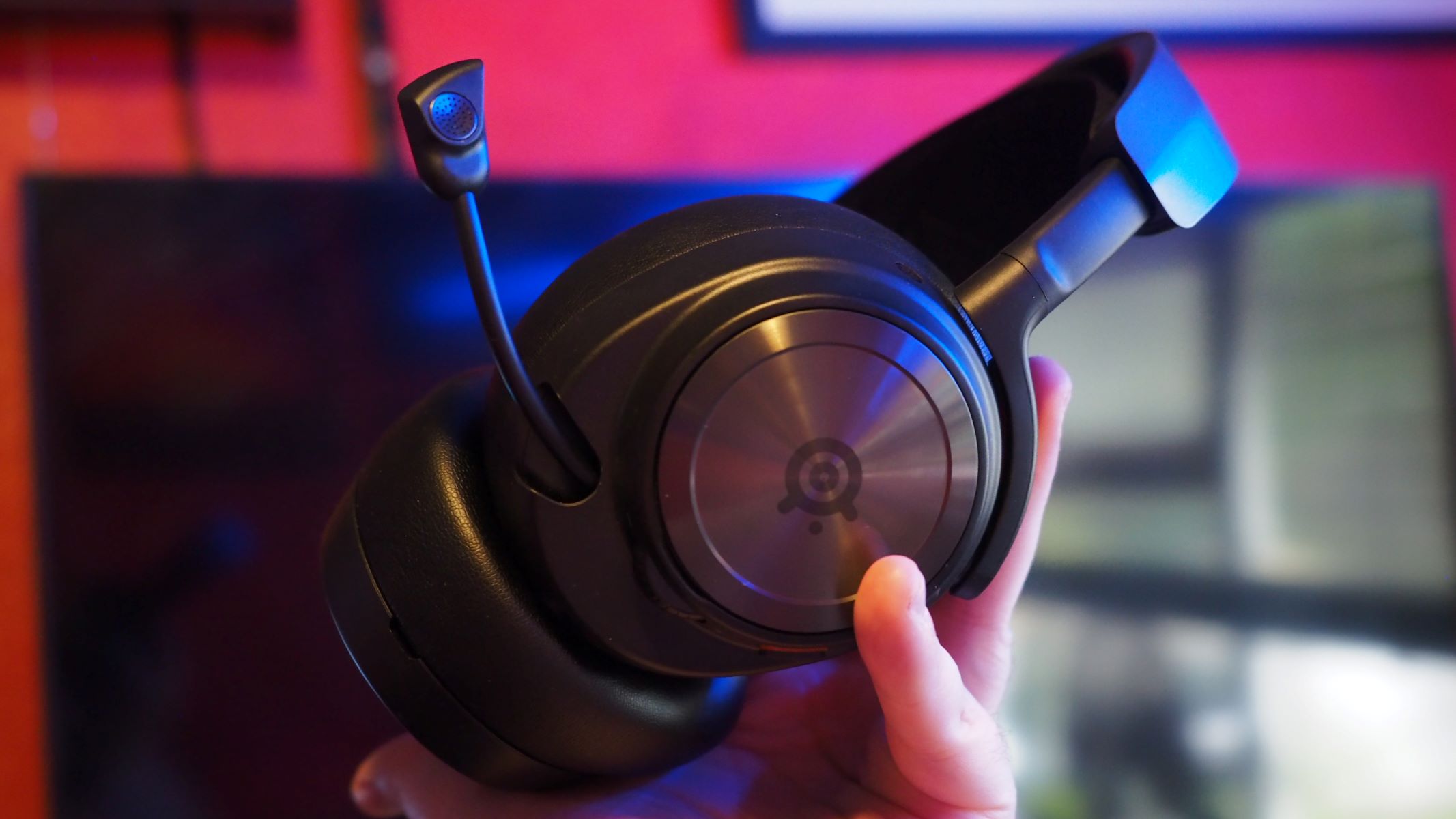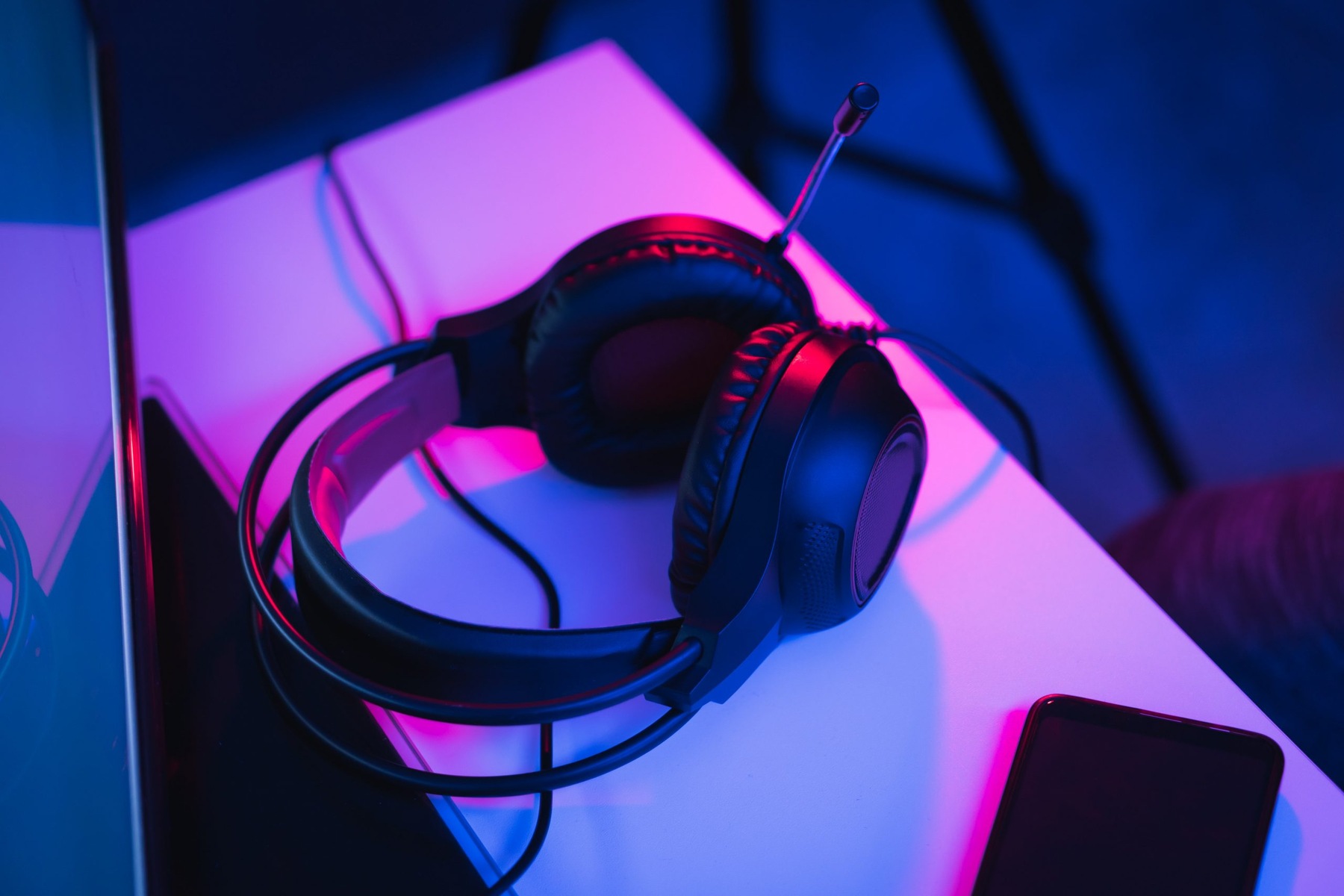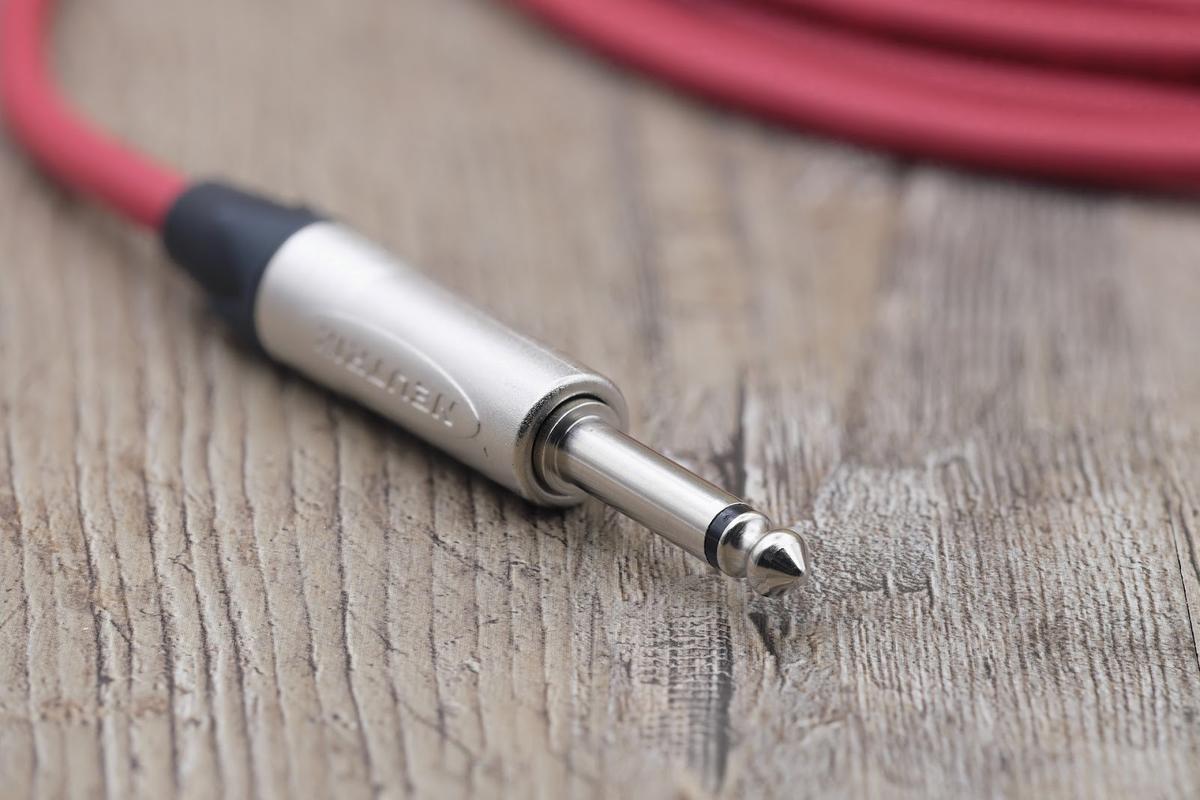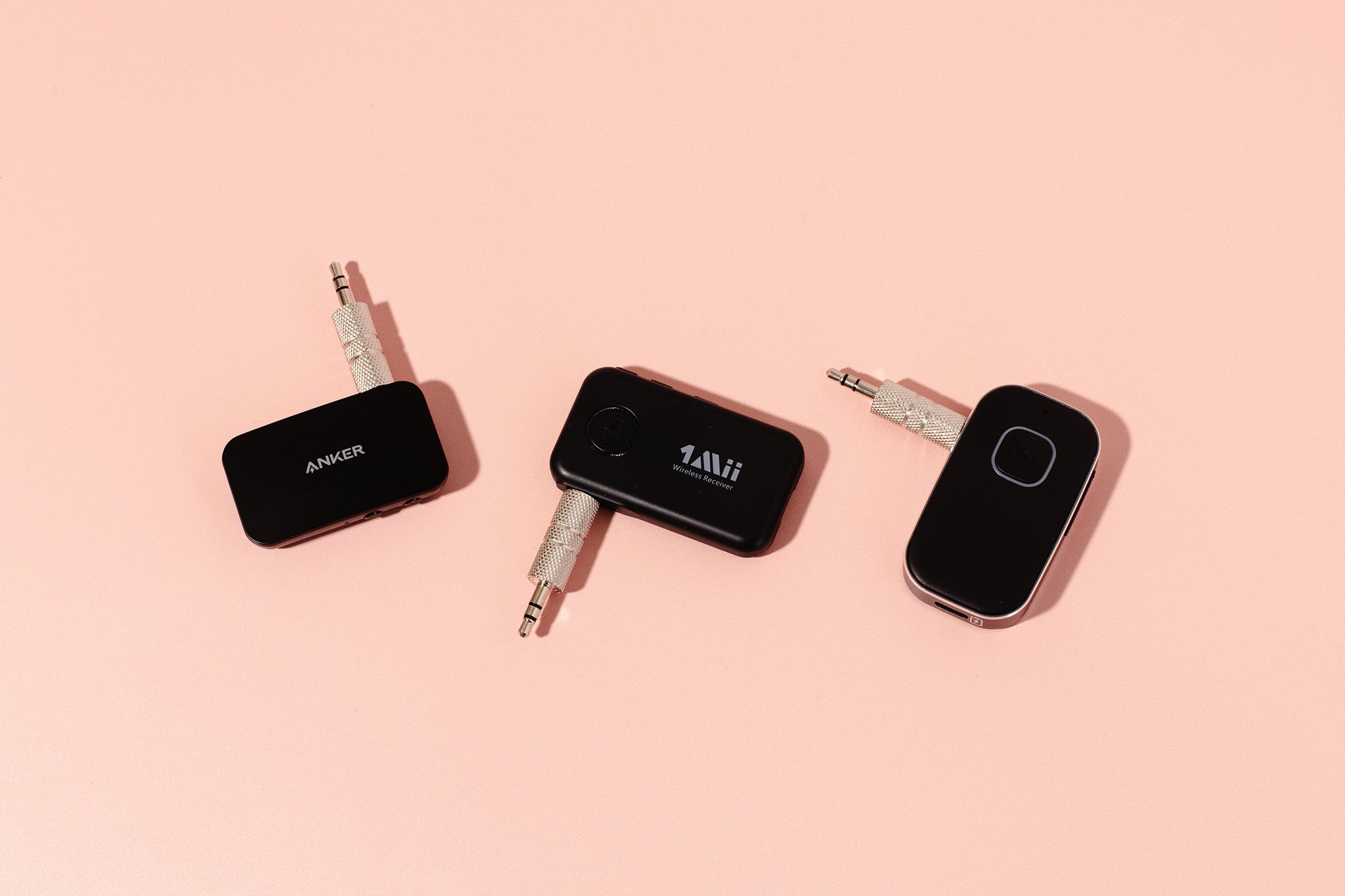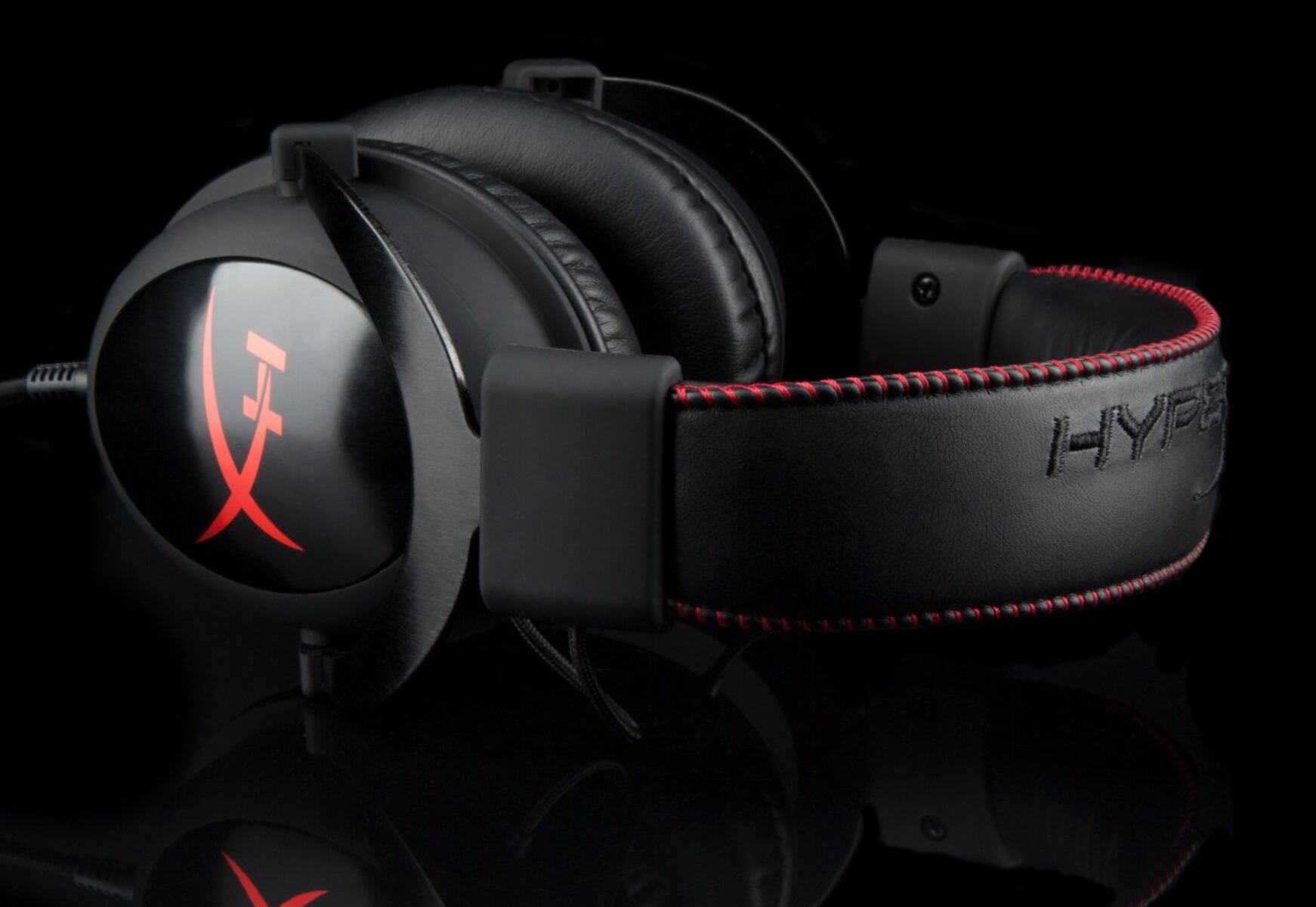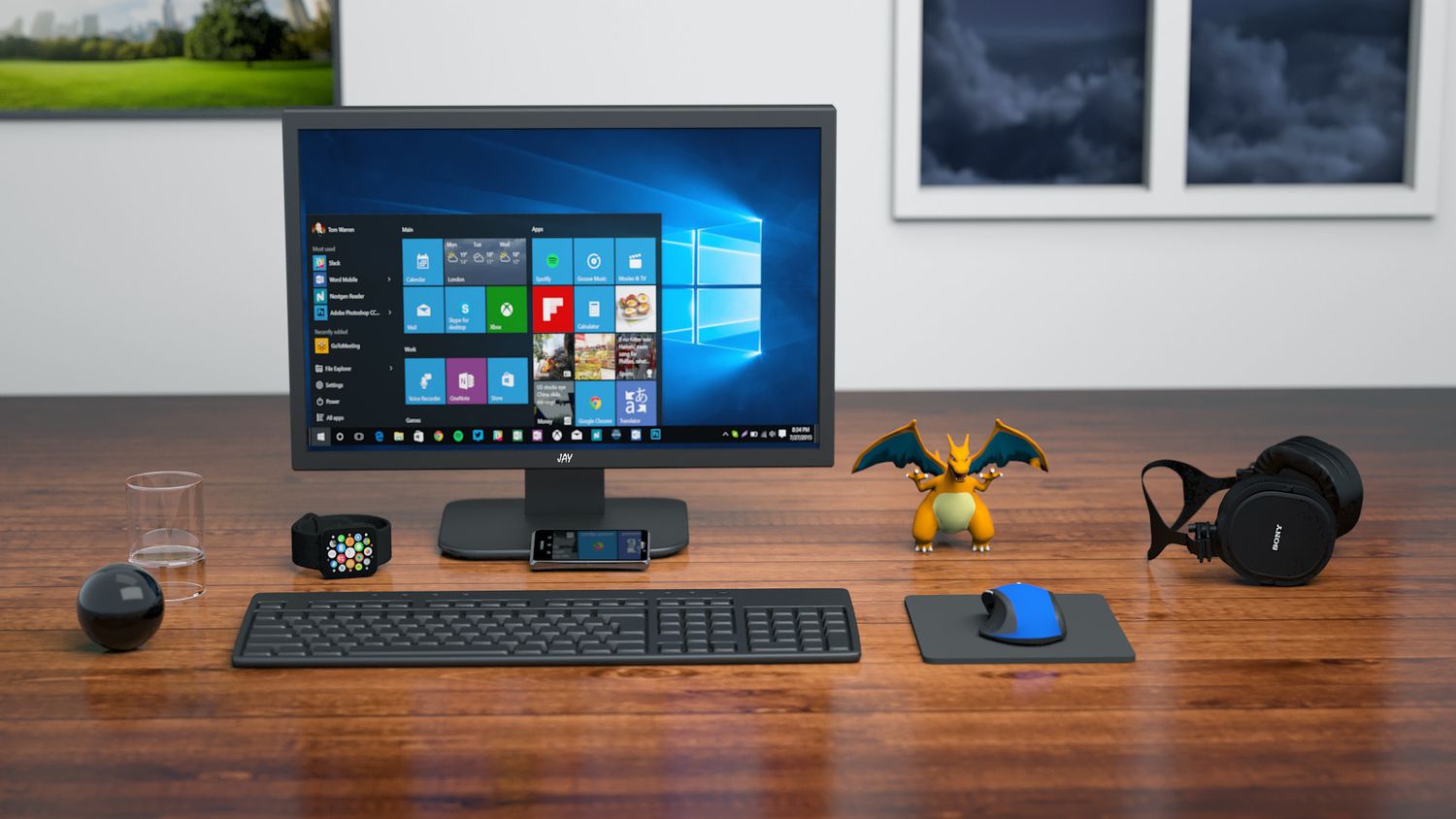Introduction
Understanding the Importance of Setting Up Your Gaming Headset Without a Splitter for Your Computer
Setting up a gaming headset without a splitter for your computer is essential for an immersive gaming experience. With the rise of online gaming and virtual reality, a high-quality gaming headset has become a necessity for many gamers. These headsets provide not only crystal-clear audio but also a means of communication with other players, making them indispensable for multiplayer gaming.
Moreover, the process of setting up a gaming headset without a splitter for your computer is straightforward and can greatly enhance your gaming experience. Whether you're a seasoned gamer or just starting, understanding how to set up your gaming headset without a splitter is crucial for getting the most out of your gaming sessions.
In this guide, we will delve into the different types of gaming headsets, the process of setting up a gaming headset without a splitter for your computer, configuring audio settings on your computer, and testing your gaming headset. By the end of this guide, you will have the knowledge and confidence to set up your gaming headset without a splitter and elevate your gaming experience to new heights. Let's dive in and explore the world of gaming headsets and how to optimize them for your computer gaming setup.
Understanding the Different Types of Gaming Headsets
Before delving into the setup process, it’s important to understand the different types of gaming headsets available in the market. Each type offers unique features and connectivity options, catering to diverse gaming preferences and setups.
Wired Gaming Headsets
Wired gaming headsets are connected to the computer via a physical cable. They are known for delivering high-fidelity audio and are often preferred by professional gamers for their reliability and consistent performance. These headsets typically come with a standard 3.5mm audio jack or a USB connector for seamless connectivity.
Wireless Gaming Headsets
Wireless gaming headsets offer the freedom of movement without being tethered to the computer. They utilize wireless technology, such as Bluetooth or proprietary wireless connections, to transmit audio signals. While providing greater flexibility, wireless headsets may require charging and can be susceptible to interference in crowded wireless environments.
Virtual Surround Sound Headsets
Virtual surround sound headsets use advanced audio processing techniques to simulate a multi-speaker surround sound experience. This technology creates an immersive audio environment, enhancing spatial awareness and providing a competitive edge in gaming. These headsets often come with built-in sound cards to support the virtual surround sound feature.
Noise-Canceling Headsets
Noise-canceling headsets are designed to minimize ambient noise, allowing gamers to focus on the game without distractions. They employ active noise-canceling technology to reduce background noise, making them ideal for gaming in noisy environments or during competitive gaming events.
Understanding the different types of gaming headsets enables you to choose the one that best suits your gaming preferences and environment. Whether you prioritize audio fidelity, wireless convenience, immersive surround sound, or noise isolation, there’s a gaming headset tailored to enhance your gaming experience.
Setting Up a Gaming Headset without Splitter for Computer
Setting up a gaming headset without a splitter for your computer involves a few simple steps to ensure seamless connectivity and optimal audio performance. While splitters are commonly used to separate audio input and output channels, many modern gaming headsets are designed to work without the need for a splitter, simplifying the setup process.
Step 1: Identify the Audio Connector
Most gaming headsets feature a single 3.5mm audio connector or a USB connector for seamless integration with computers. Identify the type of connector on your gaming headset to determine the appropriate port on your computer for connection.
Step 2: Connect the Headset to the Computer
If your gaming headset utilizes a 3.5mm audio connector, locate the corresponding audio jacks on your computer. Typically, these include separate ports for audio input (microphone) and audio output (headphones). Plug the headset’s audio connector into the appropriate port based on its functionality.
For gaming headsets with a USB connector, simply insert the USB plug into an available USB port on your computer. USB connectivity provides a direct audio interface and is often preferred for its simplicity and compatibility with modern computer systems.
Step 3: Adjust Audio Settings (if necessary)
Once the headset is connected, your computer may automatically recognize the new audio device. However, if the audio output or microphone input is not configured correctly, you can adjust the audio settings in the system preferences or sound control panel. Ensure that the headset is selected as the default audio output and input device for a seamless experience.
Step 4: Test the Headset
After connecting the gaming headset, test the audio output and microphone input to verify that the headset is functioning as expected. Play a piece of audio to ensure that sound is transmitted through the headset, and use the microphone to confirm that your voice is being captured accurately. Adjust the volume and microphone sensitivity as needed to achieve the desired audio levels.
By following these steps, you can set up your gaming headset without a splitter for your computer, enabling you to dive into immersive gaming experiences without the hassle of additional accessories.
Configuring Audio Settings on Your Computer
Configuring the audio settings on your computer is crucial to ensure that your gaming headset delivers optimal audio performance and seamless communication during gameplay. By adjusting the audio settings, you can fine-tune the output and input parameters to match the capabilities of your gaming headset.
Selecting the Default Playback Device
After connecting your gaming headset to the computer, it’s essential to designate it as the default playback device. This ensures that all audio output is directed to the headset, allowing you to experience immersive sound without interference from other devices. In the sound settings of your operating system, select the gaming headset as the default playback device to channel audio output through the headset.
Adjusting Playback Properties
Access the playback properties of the gaming headset to customize audio enhancements, such as equalization settings, spatial sound effects, and volume normalization. Depending on the capabilities of your headset and the audio drivers installed on your computer, you can fine-tune the audio output to suit your preferences and optimize the gaming experience.
Configuring the Microphone Input
If your gaming headset features a built-in microphone, configure the microphone input settings to ensure clear and accurate voice transmission. Access the microphone properties in the system settings and adjust parameters such as microphone volume, noise suppression, and voice activation sensitivity. By optimizing the microphone input, you can communicate effectively with other players during multiplayer games and voice chats.
Testing Audio Output and Input
After configuring the audio settings, perform a thorough test of the gaming headset’s audio output and microphone input. Play various types of audio content to assess the fidelity and spatial accuracy of the sound reproduction. Additionally, engage in voice communication to verify the clarity and reliability of the microphone input. Make any necessary adjustments based on the test results to achieve the desired audio performance.
By configuring the audio settings on your computer to harmonize with your gaming headset, you can unleash the full potential of the headset’s audio capabilities, creating an immersive and captivating gaming environment.
Testing Your Gaming Headset
Once you have set up and configured your gaming headset without a splitter for your computer, it’s essential to conduct thorough testing to ensure that the audio output and microphone input meet your expectations. Testing your gaming headset allows you to verify its performance and make any necessary adjustments for an optimal gaming experience.
Audio Output Test
Begin by testing the audio output of your gaming headset. Play various types of audio content, including music, game sound effects, and dialogue, to evaluate the headset’s sound quality and spatial accuracy. Pay attention to the clarity, depth, and positional audio capabilities of the headset, ensuring that it delivers an immersive audio experience during gameplay.
Microphone Input Test
Engage in voice communication or use voice recording software to test the microphone input of your gaming headset. Speak at varying volumes and distances from the microphone to assess its sensitivity and noise-cancellation capabilities. Verify that your voice is transmitted clearly and without distortion, allowing for effective communication with other players during multiplayer games.
Comfort and Fit Assessment
During the testing phase, evaluate the comfort and fit of the gaming headset. Wear the headset for an extended period to gauge its ergonomics, weight distribution, and earpad comfort. Ensure that the headset provides a secure and comfortable fit without causing discomfort or fatigue during prolonged gaming sessions.
Compatibility and Connectivity Check
Verify the compatibility and connectivity of the gaming headset with your computer system. Test the headset’s performance across different games and applications to ensure seamless audio playback and microphone functionality. Confirm that the headset maintains stable connectivity without experiencing audio dropouts or connectivity issues.
Adjustment and Optimization
Based on the test results, make any necessary adjustments to the audio settings, equalization preferences, and microphone properties to optimize the performance of your gaming headset. Fine-tune the settings to align with your gaming preferences and ensure a personalized and immersive audio experience.
By thoroughly testing your gaming headset, you can fine-tune its audio and communication capabilities, ensuring that it enhances your gaming experience and provides a competitive edge in multiplayer gaming environments.
Conclusion
Setting up a gaming headset without a splitter for your computer is a straightforward process that can significantly enhance your gaming experience. By understanding the different types of gaming headsets and their unique features, you can make an informed decision when selecting a headset that aligns with your gaming preferences and setup.
Whether you opt for a wired or wireless gaming headset, virtual surround sound capabilities, or noise-canceling features, the setup process remains accessible and user-friendly. Connecting the gaming headset to your computer and configuring the audio settings allows you to unleash the full potential of the headset’s audio and communication capabilities, creating an immersive gaming environment.
Thoroughly testing the gaming headset ensures that it meets your expectations in terms of audio fidelity, microphone performance, comfort, and compatibility. By conducting comprehensive tests and making any necessary adjustments, you can tailor the gaming headset to deliver an optimal gaming experience tailored to your preferences.
Ultimately, setting up a gaming headset without a splitter for your computer empowers you to immerse yourself in the captivating audio landscapes of your favorite games while communicating effectively with fellow players. Whether you’re engaging in intense multiplayer battles, exploring vast virtual worlds, or enjoying cinematic storytelling, a well-configured gaming headset enhances every aspect of your gaming journey.
With the knowledge and insights gained from this guide, you are equipped to embark on your gaming adventures with confidence, knowing that your gaming headset is seamlessly integrated with your computer system and optimized to deliver exceptional audio performance and communication capabilities.
Embrace the immersive world of gaming with a well-configured gaming headset, and elevate your gaming experiences to new heights.







